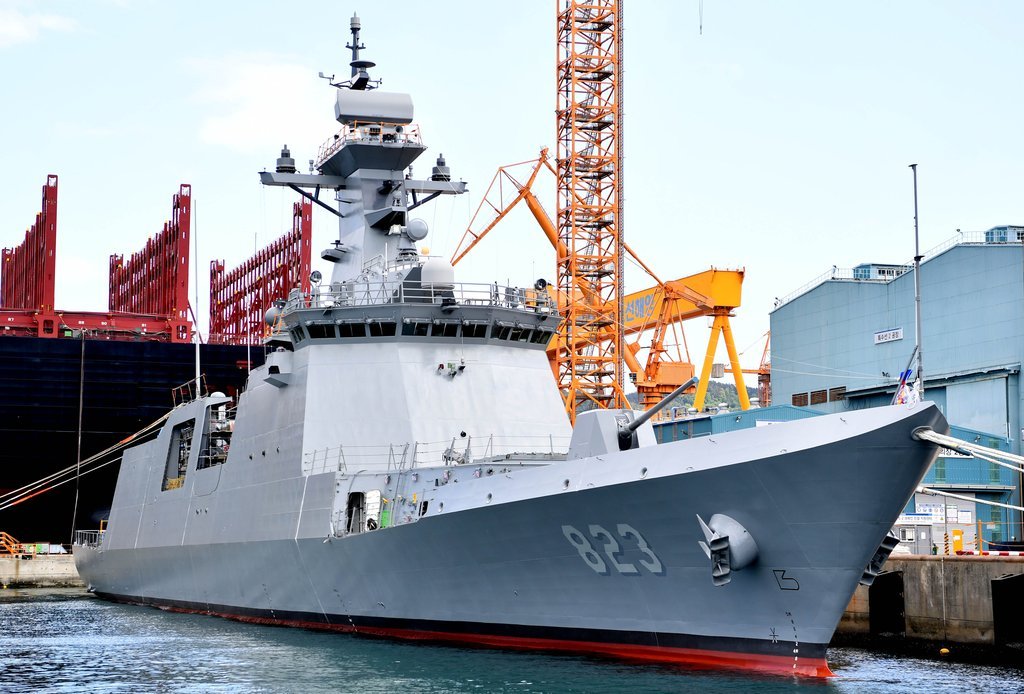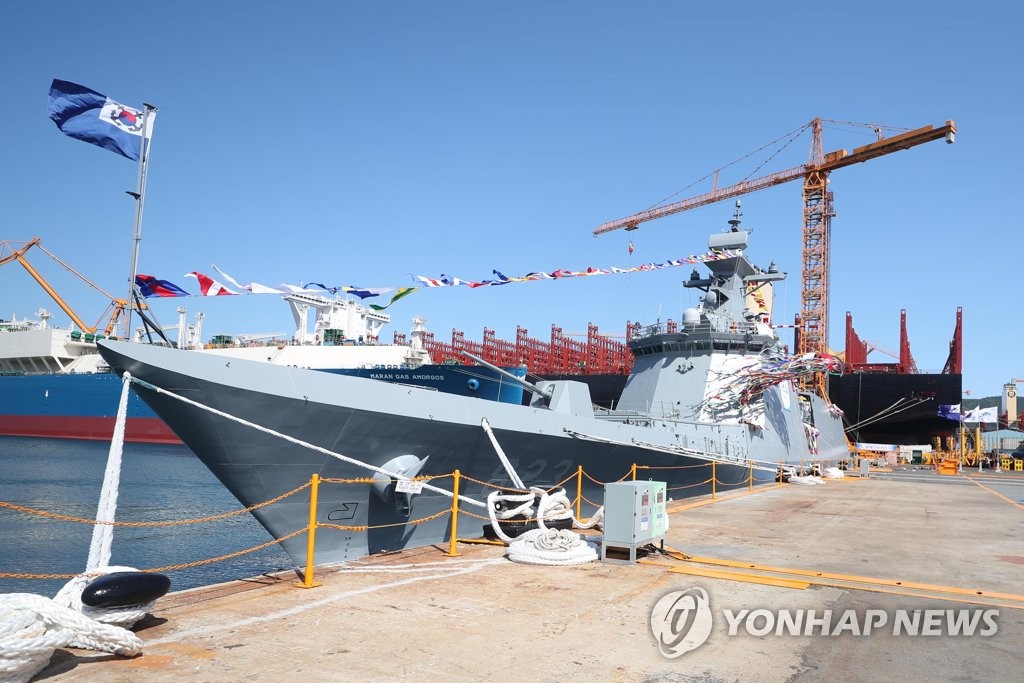Deliberately
New member
- Messages
- 1
- Reactions
- 2
Can you provide information on this topic?



Latest Thread
| Displacement: | 2,800 t (empty), 3,592t (full load) |
| Length: | 122 m (400 ft) |
| Beam: | 14 m (46 ft) |
| Draft: | 4 m (13 ft) |
| Propulsion: | Combined diesel-electric or gas 1 × Rolls-Royce MT30 gas turbine 4 × MTU 12V 4000 M53B diesel engine 2 × Leonardo DRS electric motors |
| Speed: | 30 knots (56 km/h; 35 mph) (max)18 knots (33 km/h; 21 mph) (cruising) |
| Range: | 4,500 nautical miles (8,000 km) |
| Complement: | 140 |
| Sensors and processing systems: | SPS-550K air search 3D radar SPG-540K fire control radar SQS-240K hull-mounted sonar SQR-250K towed array sonar system SAQ-540K EOTS Hanwha Systems SAQ-600K IRSTs Naval Shield Integrated Combat Management System |
| Electronic warfare & decoys: | LIG Nex1 SLQ-200(V)K Sonata electronic warfare suite SLQ-261K torpedo acoustic counter measures MASS decoy launchers |
| Armament: | 1 × 5 inch (127 mm)/L62 caliber Mk 45 Mod 4 naval gun 1 × 20 mm Phalanx CIWS 2 × triple torpedo tubes for K745 Blue Shark torpedo 8 × SSM-700K Haeseong Anti-ship Missile 16-cell K-VLS for:Haegung K-SAAM quadpacked in 4 per cell Haeryong VL-Tactical Land Attack Missiles K-ASROC Red Shark |
| Aircraft carried: | Super Lynx or AW159 helicopter |





